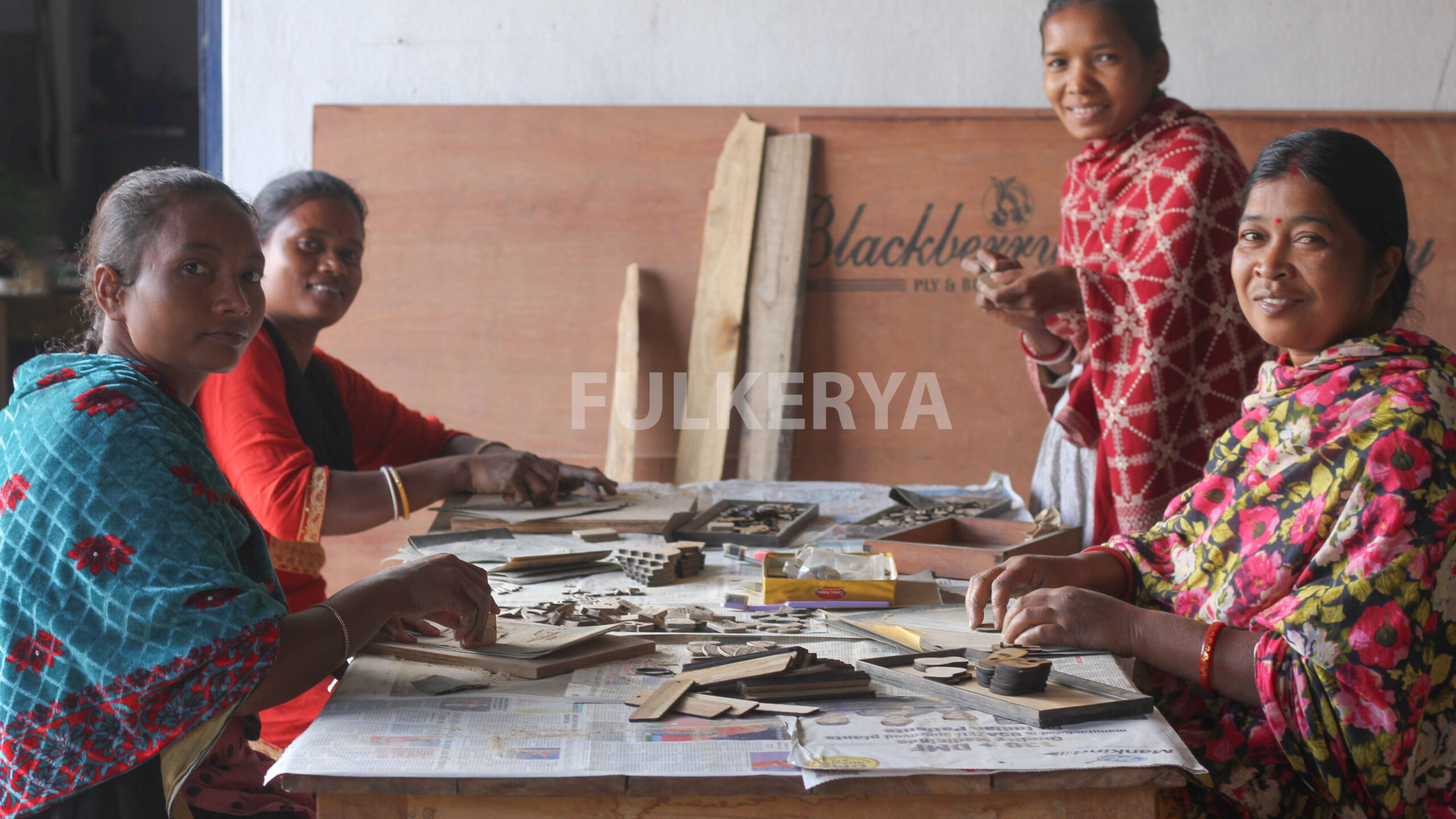Learn how to generate employment in rural India through proven solutions, targeted training programs, and real-world examples, as demonstrated by our work at FULKERYA in empowering rural talent.
Introduction: How to Generate Employment in Rural India Starts with One Key Question
Have you ever asked yourself why rural India, home to more than 65% of our population, still struggles with consistent employment opportunities?
If you’re nodding your head or wondering how to bridge the urban-rural job divide, you’re not alone. The good news? We’re living in a time when real, scalable solutions exist—solutions that go beyond temporary fixes and tackle root-level challenges.
In this guide, you’ll discover how to generate employment in rural India using practical methods, digital opportunities, and inspiring examples—like how we at Fulkerya is transforming villages into job-ready hubs through training, innovation, and empowerment.
Why Is Rural Employment Still a Challenge in 2025?
Despite rising GDP and tech breakthroughs, rural job creation hasn’t kept pace. Here’s a breakdown of the key hurdles:
| Challenges | Impact |
|---|---|
| Lack of Skill Training | Low employability, especially among youth |
| Migration to Urban Areas | Shrinking local economies |
| Poor Infrastructure & Connectivity | Limited access to markets or e-services |
| Seasonal Employment (e.g., agriculture) | Job instability throughout the year |
| Absence of Local Industry Support | No steady job pipelines |
1. Skill-Based Education: The Foundation of Rural Employment
One of the most powerful ways to generate employment in rural India is by shifting from rote education to practical, skill-based training.
What kind of training works best?
- High-tech machine operations (used in woodwork, farming, or artisan manufacturing)
- Digital literacy & software training
- Craft-based business development (e.g., handmade jewelry, eco-friendly furniture)
Real-Life Impact: Fulkerya’s Role in Training
Fulkerya is actively bridging this gap by:
- Discovering untapped local talent
- Training youth in modern wood-working tools, CNC machines, and software tools used in prototyping and product design
- Offering internships and full-time job placements to deserving candidates after training
Imagine a young talent from a remote village in Odisha becoming an employment ready after a 6-months Fulkerya internship—this is the future we’re building.
2. Promote Agro-Based and Micro-Enterprise Models
Agriculture remains central to rural life. But value addition and agri-processing units can multiply jobs in the same village.
Examples of Micro-Enterprise Ideas:
- Organic fertilizer production units
- Dairy cooperatives and milk packaging
- Honey and spice processing units
- Bamboo and wood-based product creation (like what Fulkerya is doing)
- Handmade toy and eco-jewelry startups
Even a small-scale bamboo products unit can generate up to 10–15 jobs and ₹25,000–₹50,000 ($300–$600) in monthly income per worker.
3. Leverage the Power of Digital India
We’re now in an era where remote work and digital entrepreneurship are real and reachable—even in villages with 4G/5G coverage.
Rural India Can Now:
- Run YouTube craft channels, earning ad revenue
- Sell products via Amazon Karigar, Flipkart Samarth, and Meesho
- Offer remote virtual assistance, content writing, and data entry services
- Access online freelancing platforms like Upwork, Freelancer, and Fiverr
Did you know? A trained rural youth with decent English and a laptop can earn ₹20,000–₹40,000 ($240–$480) monthly via freelance gigs.
4. Set Up Rural Skill & Innovation Centers
Permanent employment solutions require systemic institutional support.
Recommended Rural Infrastructure Models:
- Common Facility Centers (CFCs) for artisans and SMEs
- Mobile Skill Labs to teach on the go
- Women-led SHG Business Incubators
- Tech Hubs for rural youth
Fulkerya’s in-house setup is an inspiring model:
- Equipped with modern tools
- Offers hands-on internships
- Supports full-time placement in woodwork, design, and product development
5. Encourage Startups & Rural Entrepreneurs
India’s startup wave shouldn’t just be urban. Here’s how to spark entrepreneurship in the heart of villages:
Business Ideas with Low Investment:
| Startup Idea | Investment | Income Potential |
|---|---|---|
| Agri-consulting using AI tools | ₹50,000 / $600 | ₹30,000–₹70,000 / $360–$840 |
| Woodcraft Studio (with training) | ₹1.2L / $1,440 | ₹40,000–₹90,000 / $480–$1,080 |
| Rural BPO setup | ₹2L+ / $2,400+ | ₹80,000–₹2L / $960–$2,400 |
| Handmade Jewelry Business | ₹10,000 / $120 | ₹15,000–₹40,000 / $180–$480 |
Mentorship and access to tools like Canva, Shopify, Tally, or Figma can make a huge difference.
6. Collaborate with NGOs, CSR Programs & Companies Like Fulkerya
Collaboration is key. Here’s how cross-sector synergy creates employment:
- NGOs bring grassroots knowledge
- Corporates offer funds, tools, mentorship
- Social enterprises like Fulkerya bring real-time market solutions
Fulkerya’s collaborative ecosystem has trained dozens of local talents and offered internships and full-time employment across product design, packaging, and operations.
7. Track, Measure, and Optimize for Impact
Finally, employment generation must be measured, analyzed, and adapted over time.
Metrics to Track:
- Number of skilled youth placed
- Local income increase over 6–12 months
- New enterprises formed
- Migration reduction stats
- Women’s participation in workforce
Use simple tracking dashboards (Google Sheets, Airtable, Tally) for easy data updates even from rural areas.
Final Thoughts: The Future Is Rural — But Only If We Build It
How to generate employment in rural India is no longer a distant policy dream—it’s a mission that’s unfolding, thanks to visionary brands like Fulkerya, tech access, and a renewed focus on skill-first solutions.
Whether you’re a policymaker, a social entrepreneur, or just a curious citizen, remember this:
Jobs don’t have to come to cities—jobs can grow where people already live.
And when that happens, India wins.
Want to be part of the change?
Share this post with someone working in development.
Or check out how Fulkerya is creating real jobs, right now.




